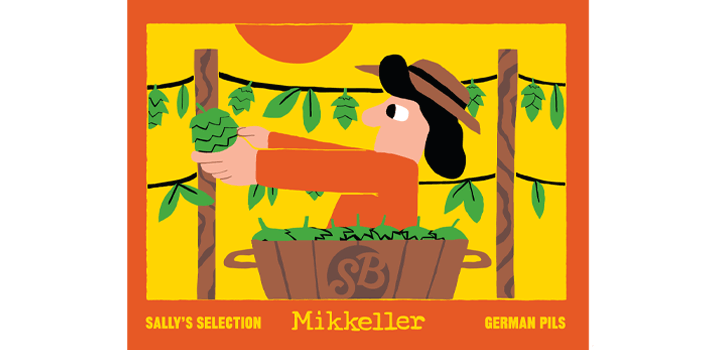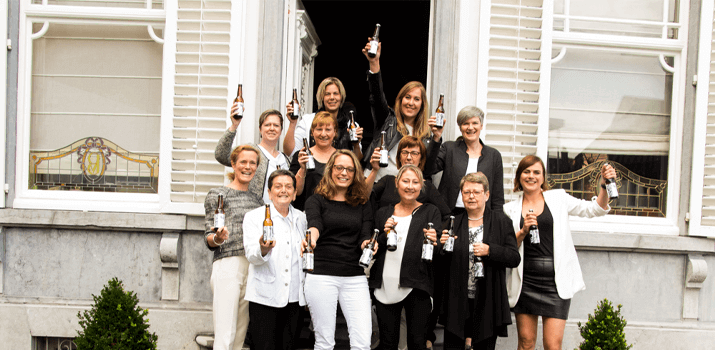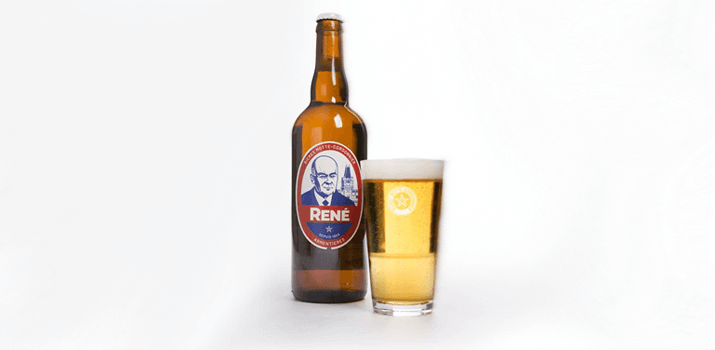Summer is just ending, but there's still time to crack open a Pilsner. But just how did it become the most popular style in the world?
Pilsner is the beer that took over the planet. Its light, crisp, clear taste, with an earthy hint of Saaz hops, has become the most common style of beer worldwide. And on a hot summer’s day, nothing on Earth beats a world-class Pilsner. Pilsner traditionally comes from the town of Pilsen, located in what is in the Bohemia region of the Czech Republic, an area renowned for its brewing quality since the late 1200s. Like Burton- up-Trent, it was the quality of water that initially made it such a great place for brewing, although it wasn’t until the 18th century that brewers began to record the use of bottom-fermenting yeasts – one of the two defining factors of a lager. The other is that it has been ‘lagered’, which literally means ‘cold-stored’, and refers to a method of making beer rather than a specific style. It was on October 5, 1842, when brewer Josef Groll first used a combination of pale malts, Pilsen’s famous soft water, local Saaz hops, a bottom-fermenting yeast and time in the cellar to produce a clear, golden beer now known as Pilsner. Ever wondered about the difference between Pilsner, Pilsener and Pils? The latter two usually refer to the Bavarian/ German riff on the style, which has more bitterness in the finish and also a hint of lemon on the nose, thanks to the use of so-called ‘noble’ hops such as Hallertauer Mittelfrüh. Classic German Pilseners include Veltins and Jever. The latter is a good example of a North German Pils, a style whose bitterness comes as a shock top those who think German pils soft and unyielding.
A typical Pilsner style from Colorado’s Left Hand Brewing. It’s a tad drier than most and certainly has a solid malty backbone.
The Eggenberg Schloss Hopfenkonig is an attractively bitter German-style pils from Austria with a moderately spicy character.
One of the great German Pilseners, notable for its clean and crisp quality and loads of flavour. Incredibly refreshing.
Jever is one of the finest German Pilseners out there. For more than 100 years it has been made with the same pure water from the same well.





